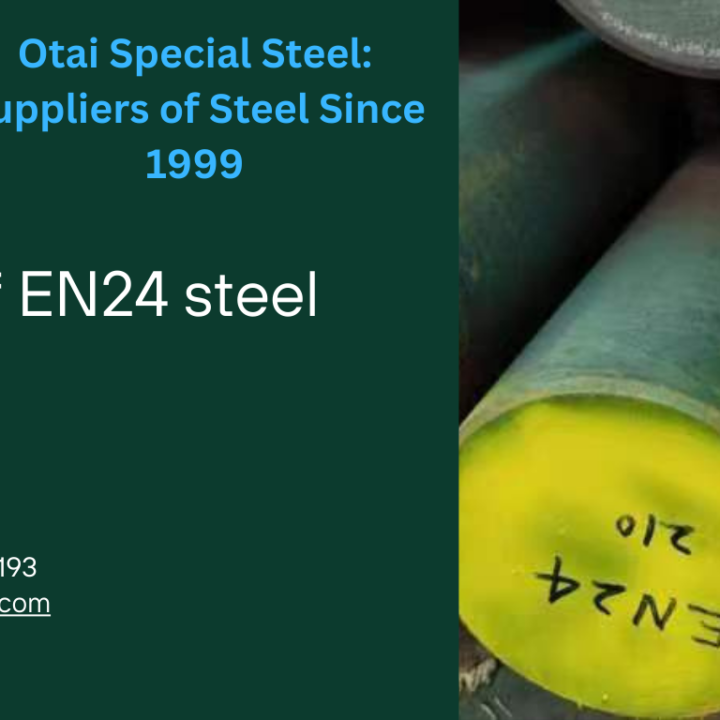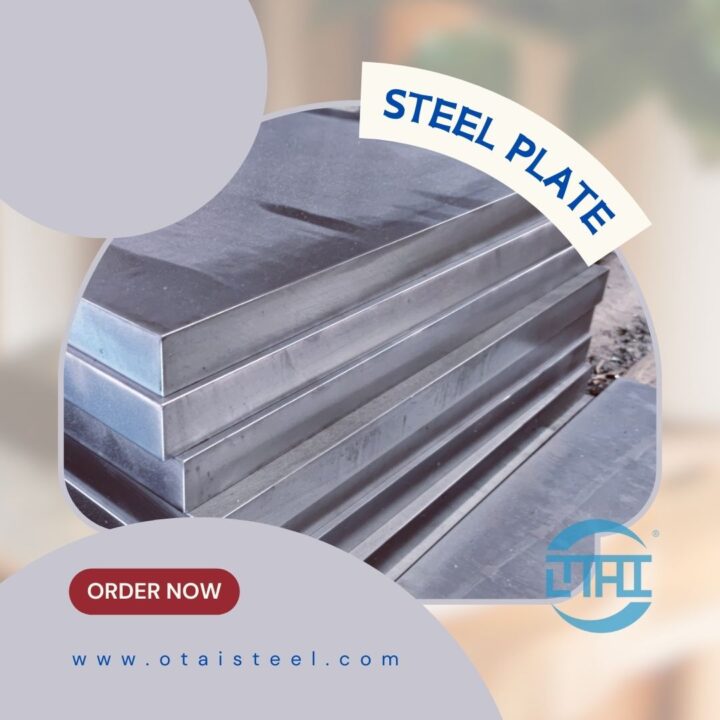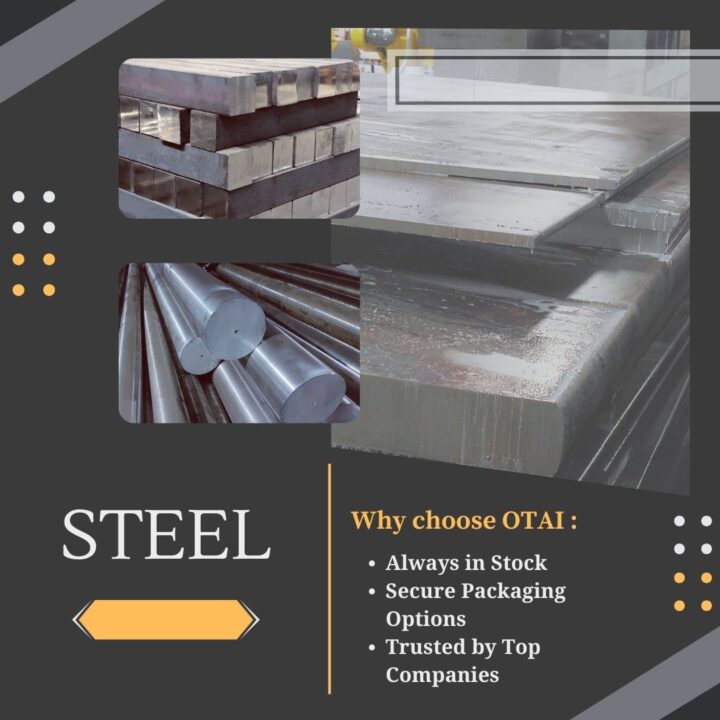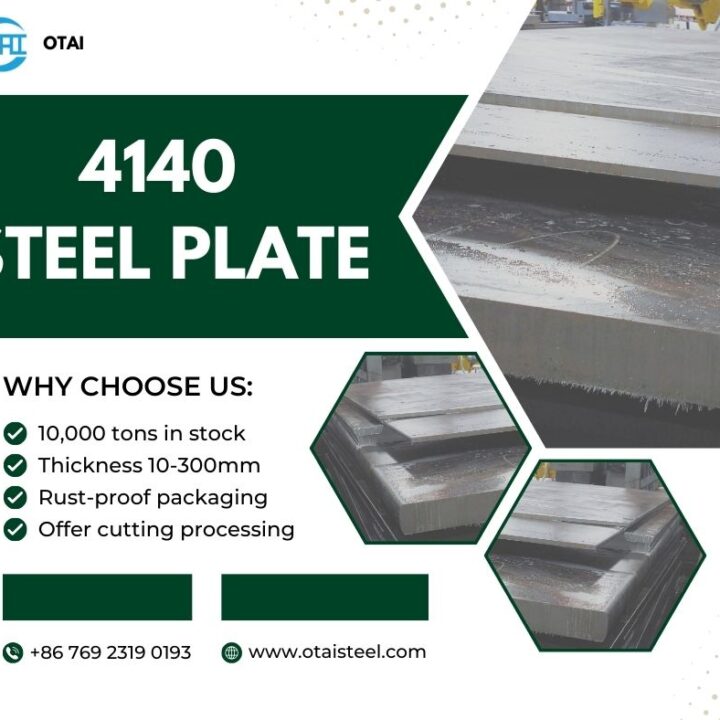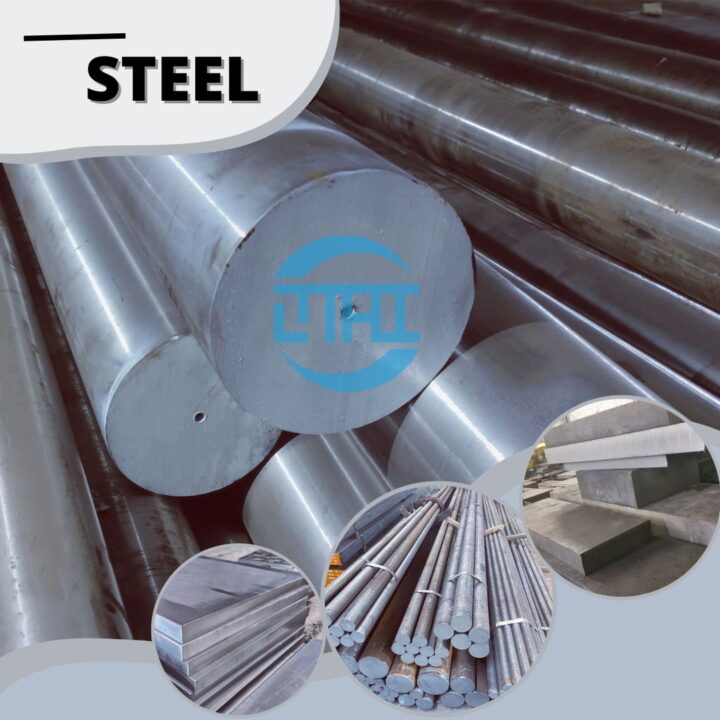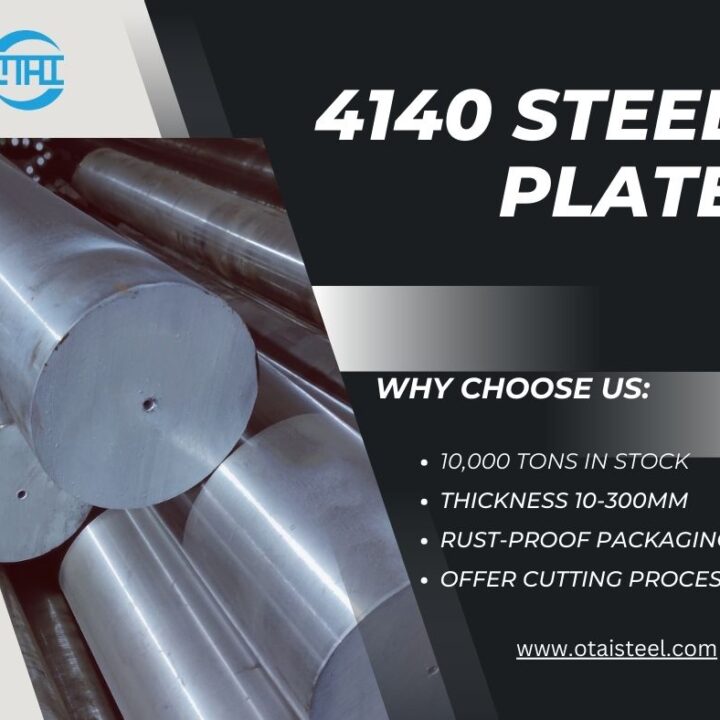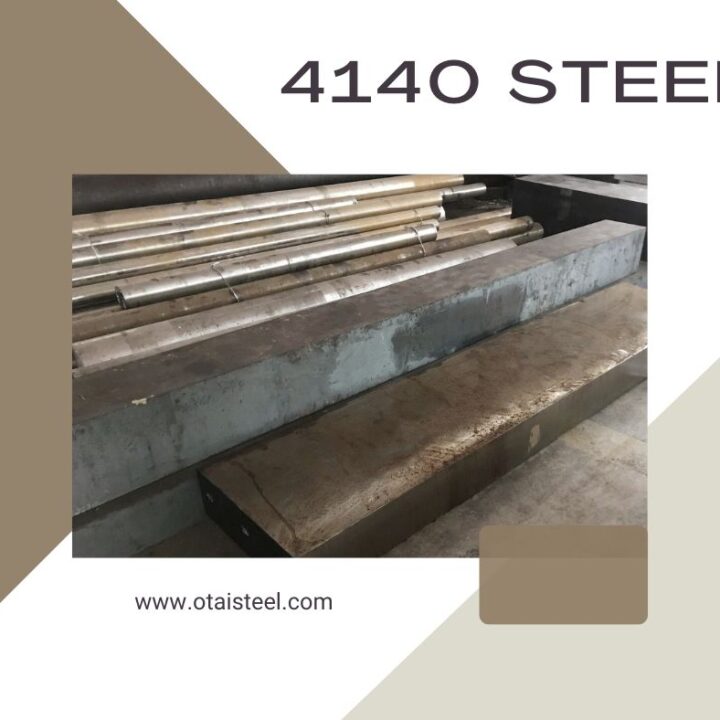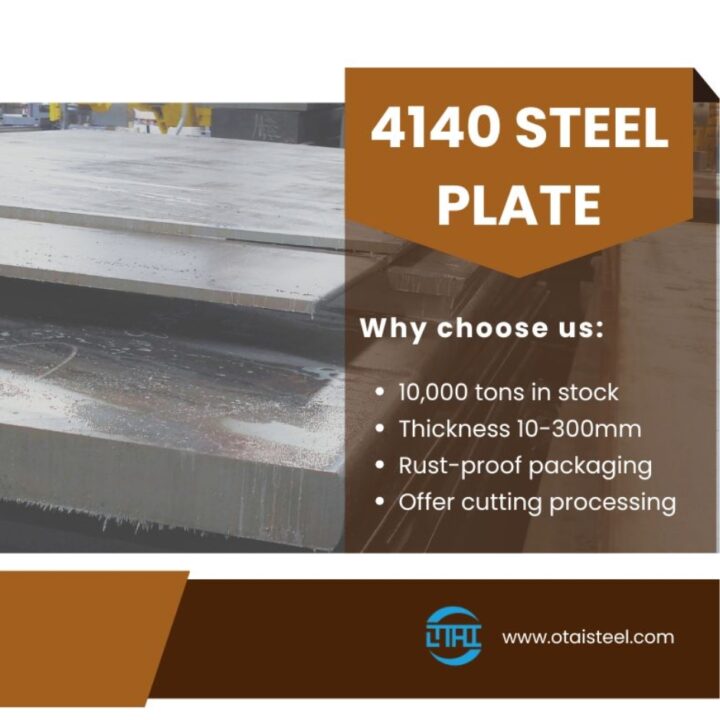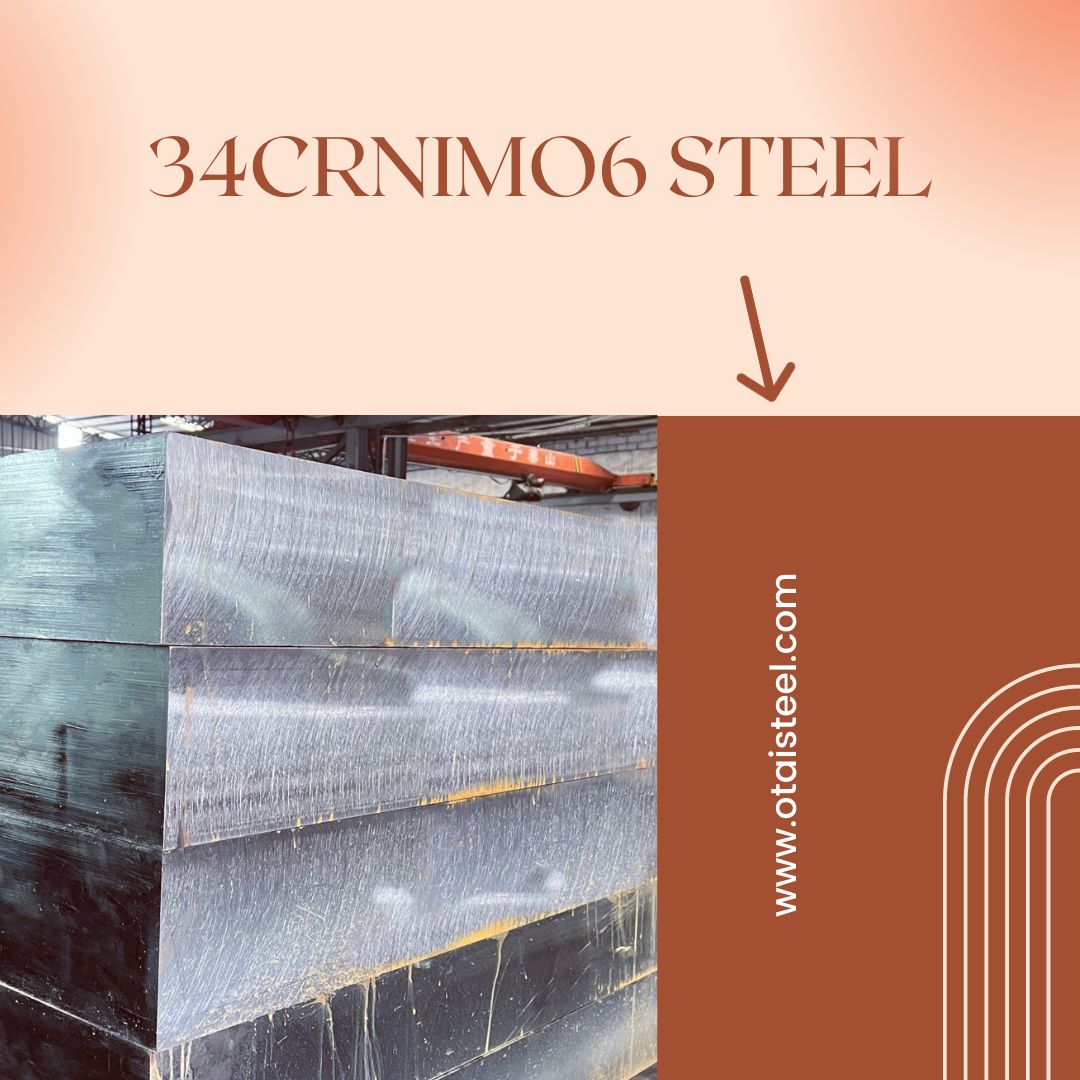 Steel is a versatile material used in various industrial applications. Among the wide array of steel types available, 36CrNiMo4 and 34CrNiMo6 are notable for their unique properties and applications. In this comparison, we will explore the differences and similarities between these two steel grades, shedding light on their composition, mechanical properties, and typical uses. (36crnimo4 vs 34crnimo6)
Steel is a versatile material used in various industrial applications. Among the wide array of steel types available, 36CrNiMo4 and 34CrNiMo6 are notable for their unique properties and applications. In this comparison, we will explore the differences and similarities between these two steel grades, shedding light on their composition, mechanical properties, and typical uses. (36crnimo4 vs 34crnimo6)
Composition
36CrNiMo4: 36CrNiMo4 is a chromium-nickel-molybdenum alloy steel. Its chemical composition consists of approximately 0.35-0.42% carbon, 0.50-0.80% silicon, 0.50-0.80% manganese, 0.80-1.10% chromium, 0.15-0.25% molybdenum, and 1.30-1.70% nickel. The inclusion of these elements imparts excellent hardenability to the steel.
34CrNiMo6: 34CrNiMo6 is also a chromium-nickel-molybdenum alloy steel with a chemical composition of around 0.30-0.38% carbon, 0.50-0.90% silicon, 0.50-0.80% manganese, 1.30-1.70% chromium, 0.15-0.30% molybdenum, and 1.30-1.70% nickel. It shares similarities with 36CrNiMo4 in terms of alloying elements.
Mechanical Properties
Both 36CrNiMo4 and 34CrNiMo6 offer impressive mechanical properties, making them suitable for demanding applications.
36CrNiMo4:
- Tensile Strength: 850-1100 MPa
- Yield Strength: 650-900 MPa
- Elongation: 13-16%
- Impact Toughness: 27 J (at -20°C)
34CrNiMo6:
- Tensile Strength: 950-1150 MPa
- Yield Strength: 750-950 MPa
- Elongation: 13-15%
- Impact Toughness: 35 J (at -20°C)
It’s evident that 34CrNiMo6 possesses slightly higher tensile and yield strengths, as well as greater impact toughness, which can be advantageous in applications that require exceptional strength and resilience.
Heat Treatment
Both steel grades respond well to heat treatment processes, enhancing their mechanical properties. The most common heat treatment method for both is quenching and tempering. This process involves heating the steel to a specific temperature, followed by rapid cooling and subsequent tempering to achieve the desired balance of hardness and toughness.
Applications
36CrNiMo4: 36CrNiMo4 is often used in applications where high tensile strength, good fatigue resistance, and toughness are required. It finds its place in industries such as automotive, aerospace, and heavy machinery, particularly in components subjected to heavy loads and stress.
34CrNiMo6: 34CrNiMo6, with its superior mechanical properties, is commonly employed in demanding applications such as gears, shafts, and critical components in the automotive and aerospace industries. Its exceptional impact toughness and high strength make it a preferred choice for parts that experience heavy loads and impact forces.
Cost Considerations
The cost of steel materials is a critical factor in decision-making for various industries. In general, 36CrNiMo4 tends to be more cost-effective compared to 34CrNiMo6. However, the choice between these two steels should also take into account the specific requirements of the application.
Corrosion Resistance
Both 36CrNiMo4 and 34CrNiMo6 are not particularly known for their corrosion resistance. It’s essential to protect these materials from corrosion by applying suitable coatings or using them in controlled environments.
36CrNiMo4 and 34CrNiMo6 are both excellent steel grades with unique properties that cater to various industrial needs. The choice between them depends on the specific requirements of the application, considering factors like mechanical properties, cost, and corrosion resistance. While 34CrNiMo6 offers slightly higher strength and impact toughness, 36CrNiMo4 remains a reliable choice for numerous applications. (36crnimo4 vs 34crnimo6)
